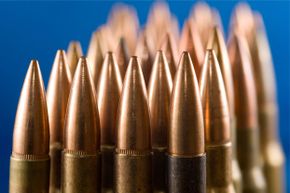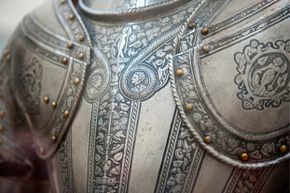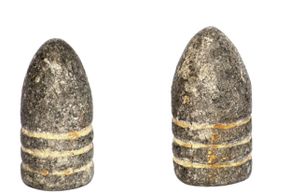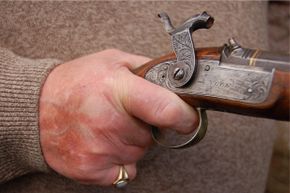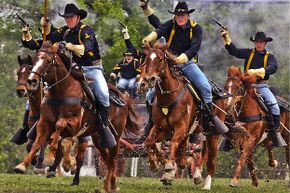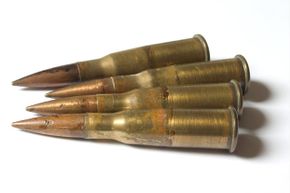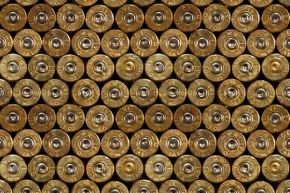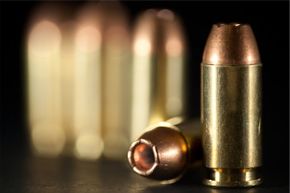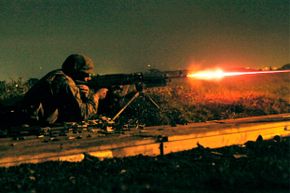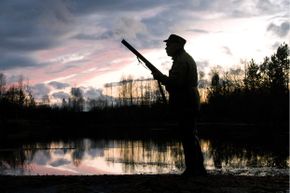Key Takeaways
- Innovative bullet designs have transformed firearms technology.
- These designs include armor-piercing bullets, frangible bullets and expanding bullets.
- Through advancements in bullet design, firearms have become more effective, accurate and versatile.
When people talk about guns, they often focus on the weapon itself -- its magazines, buttstocks, scopes, trigger guards, compensators and suppressors. They also tend to discuss variables related to a gun's operation, like trigger pull, muzzle flash and recoil.
Any gun, though, is a means to an end, and that end is hurling a projectile, at high velocity, toward a target. Today, almost everyone refers to such a projectile as a bullet, a word derived from the French boulette, meaning "small ball." And that's what early bullets were -- lead balls fired from smoothbore weapons -- although they evolved into cylindrical, pointed objects launched from rifled barrels. As soon as those developments took place, things got interesting. Gunmen became better shots, their bullets traveled farther and with greater accuracy, and their targets suffered devastating wounds.
Advertisement
Although much has been written about the evolution of firearms, less attention has been paid to the development of the modern bullet, such as the 5.56 mm rifle round and the 9x19 mm handgun round, both standards for U.S. military weapons. Indeed, that's the very point of this list -- to move, step by step, through the most important innovations giving rise to the ammunition used today in weapons ranging from assault rifles to semi-automatic pistols.
Think of it as 10 rounds of ammo info.
